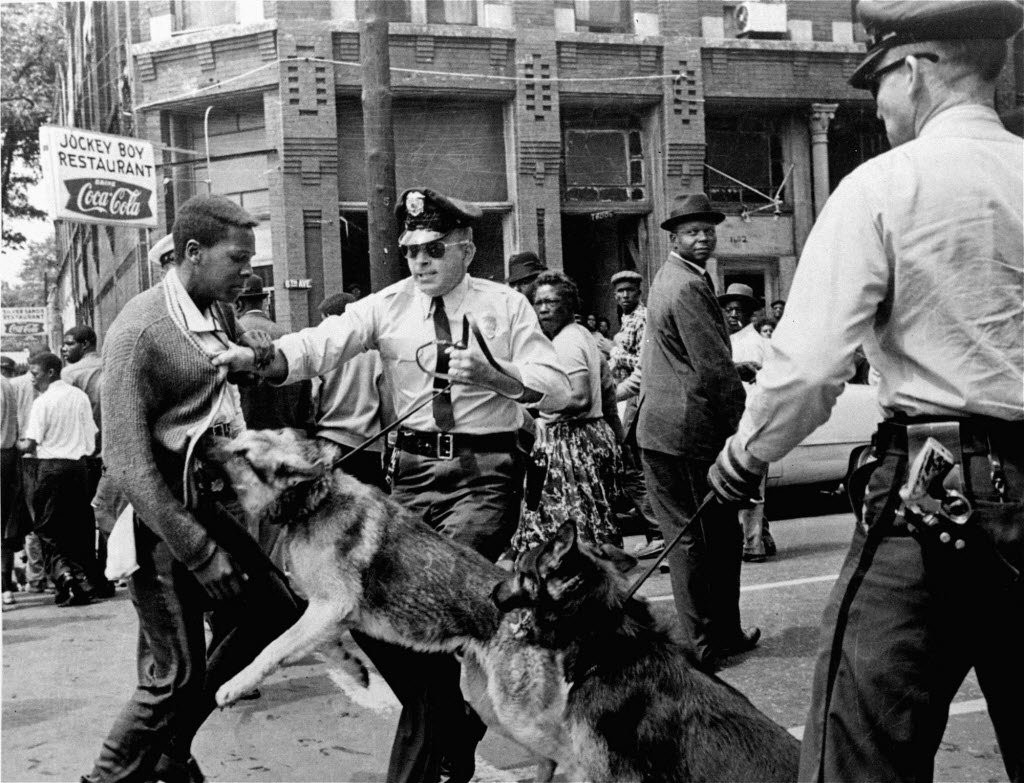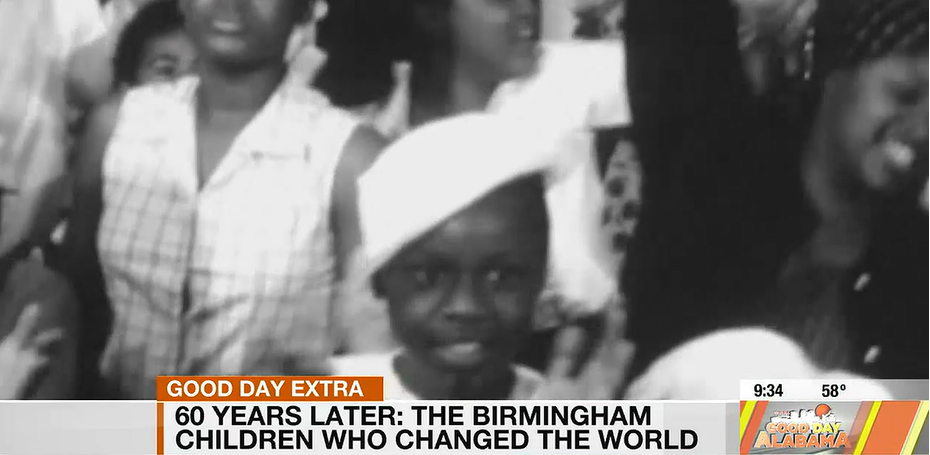WBRC Birmingham sat down with several residents who were blasted by fire hoses and attacked by dogs in the civil rights marches when they were students in 1963. Now senior citizens, they will never forget what happened.
It can be argued that the news media, especially television news, led directly to the signing of the Civil Rights Bill in 1964.
When television news cameras showed Birmingham students, some as young as 6 years old, being arrested, hit with high-powered water hoses and attacked by dogs while marching peacefully to end segregation, Americans witnessed the struggle for civil rights in real time.
President John F. Kennedy watched on television, and at a private but recorded White House meeting, said the images “made him sick.”
On May 2 and 3, 1963, in Birmingham, Ala., as part of a secret plan, thousands of students left their classrooms to march downtown to protest inequality and segregation. As they approached police lines on May 2, hundreds were arrested. When they returned the next day, the children were blasted by high-pressure water hoses, clubbed by police and attacked by police dogs.
Film of the event went around the world.
When an image of a German Shepherd lunging to bite a young black boy, taken by Bill Hudson of the Associated Press, was distributed internationally, Kennedy said this is a “dangerous situation for our image abroad.”

In her Pulitzer Prize winning book, Carry Me Home, about the civil rights era in Birmingham, Diane McWhorter wrote that Hudson’s photograph helped move “international opinion to the side of the civil rights revolution.”
On June 11, 1963, Kennedy spoke to the nation demanding a resolution to segregation, which led to the signing of the Civil Rights Act of 1964 the next year.
What happened to those children? What do they remember about the experience?
Those children were part of what’s been dubbed the Birmingham Children’s Crusade.

Toi Thornton, a morning news anchor at WBRC, Gray’s Fox affiliate in Birmingham, tracked down several members of the Children’s Crusade. Now senior citizens, they haven’t forgetten what happened.
One woman talked about the angry mob across the street, throwing bottles and bricks.
“I wasn’t aware of the Children’s Crusade,” Thornton says. “I believe maybe I heard about it growing up — the dogs, the hoses being sprayed on adults — but I don’t think I was aware that the children were involved.”

Thornton says he did some research and approached WRBC’s assistant news director, Krystal Swann, about doing the story. Turns out Swann, a Birmingham native, went to church with a woman who was there at the Children’s Crusade, and connected Thornton with all three people in the interview.
Almost exactly 60 years after the event, the story, more than seven minutes long, aired on WBRC’s morning news on May 5.
Is it unusual for WBRC to air a news story that’s seven minutes long?
“Absolutely, absolutely,” Thornton says. “I think these stories need to continue to be told and especially when we hit milestones like this one here.”





Comments (0)
Reader Interactions